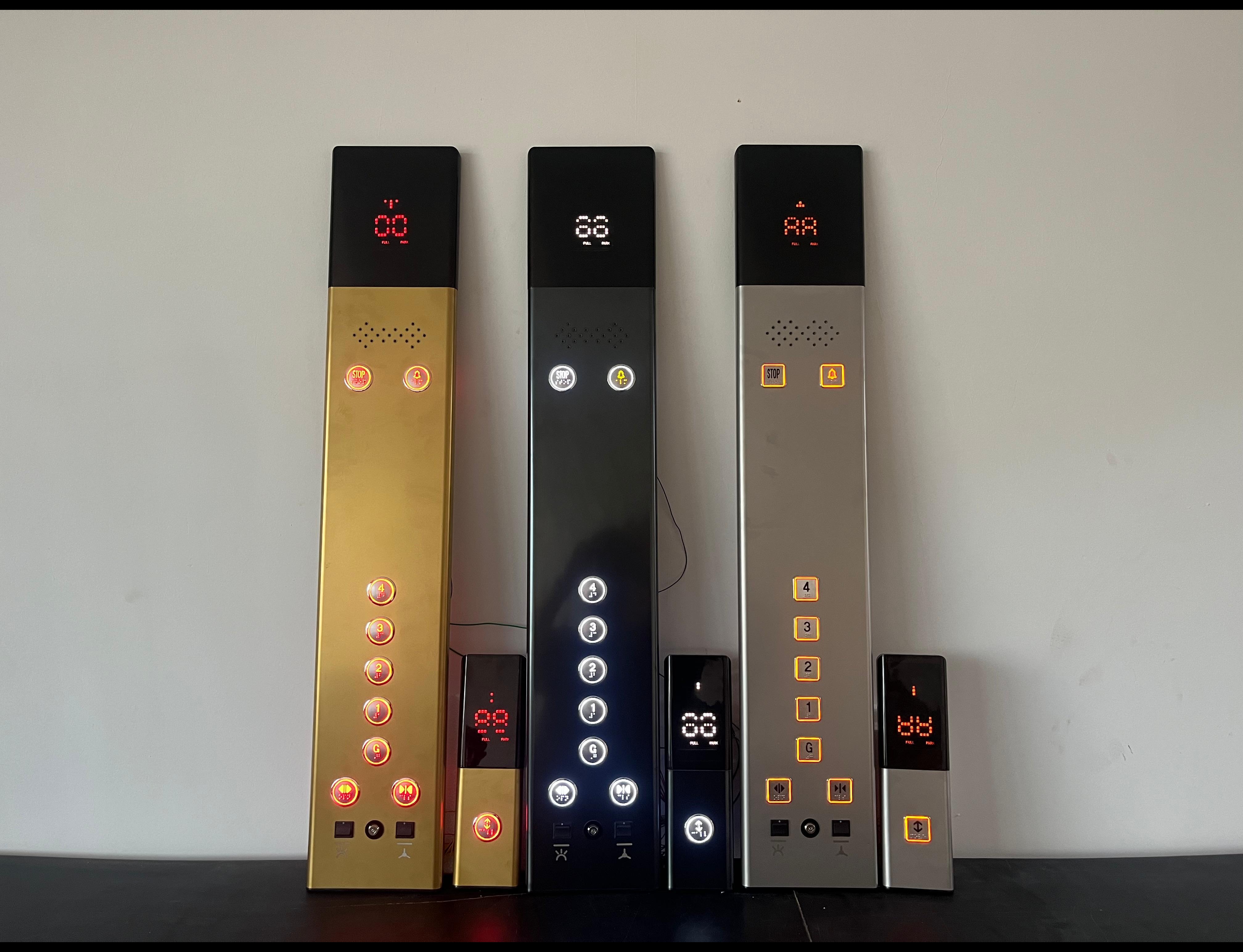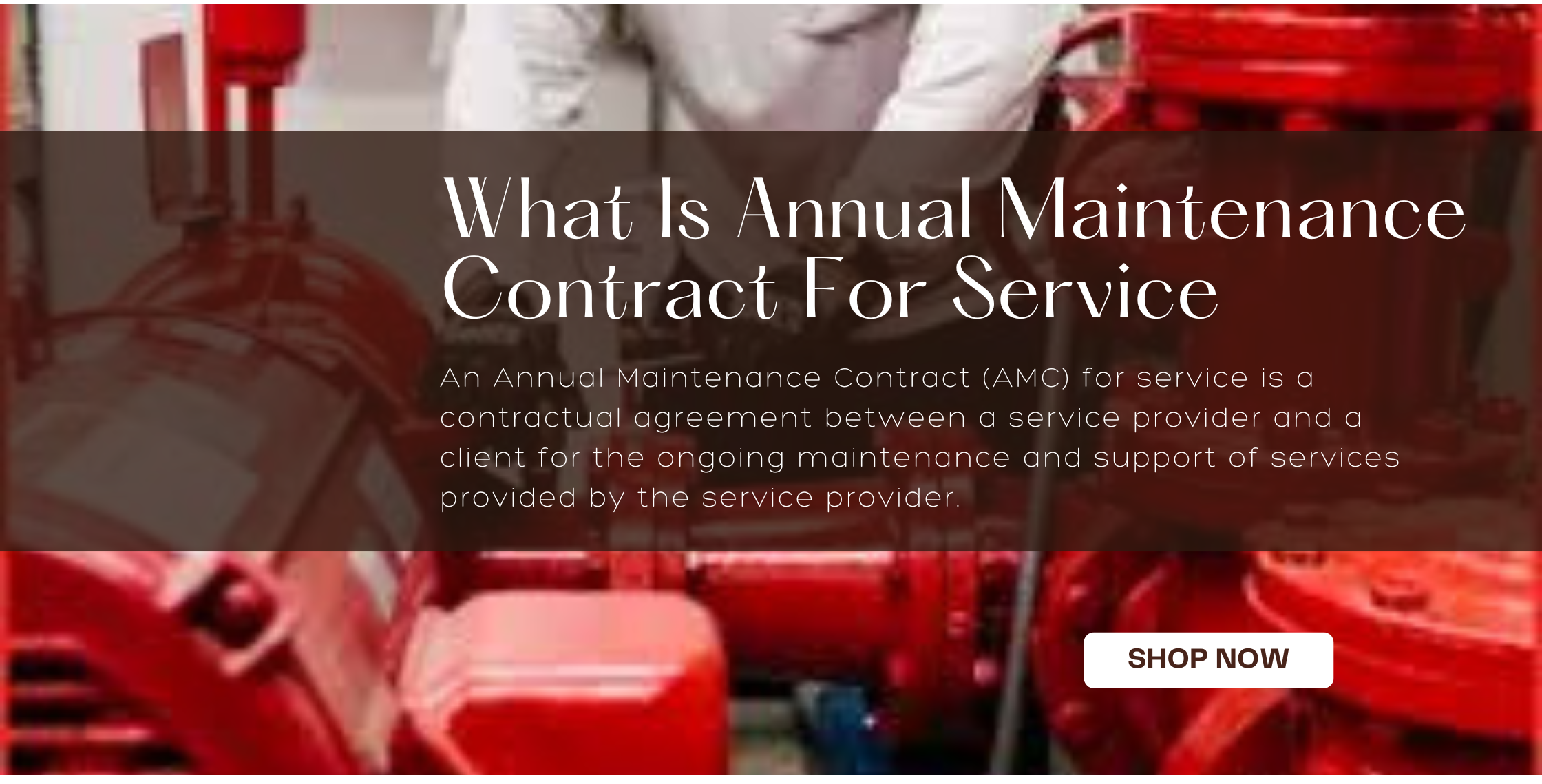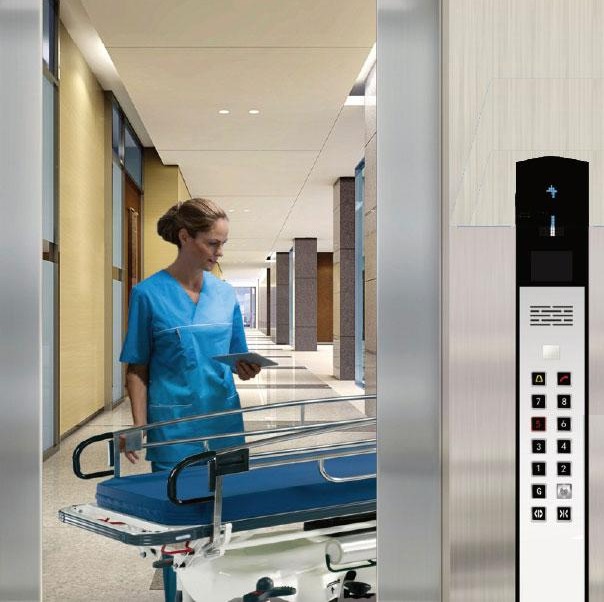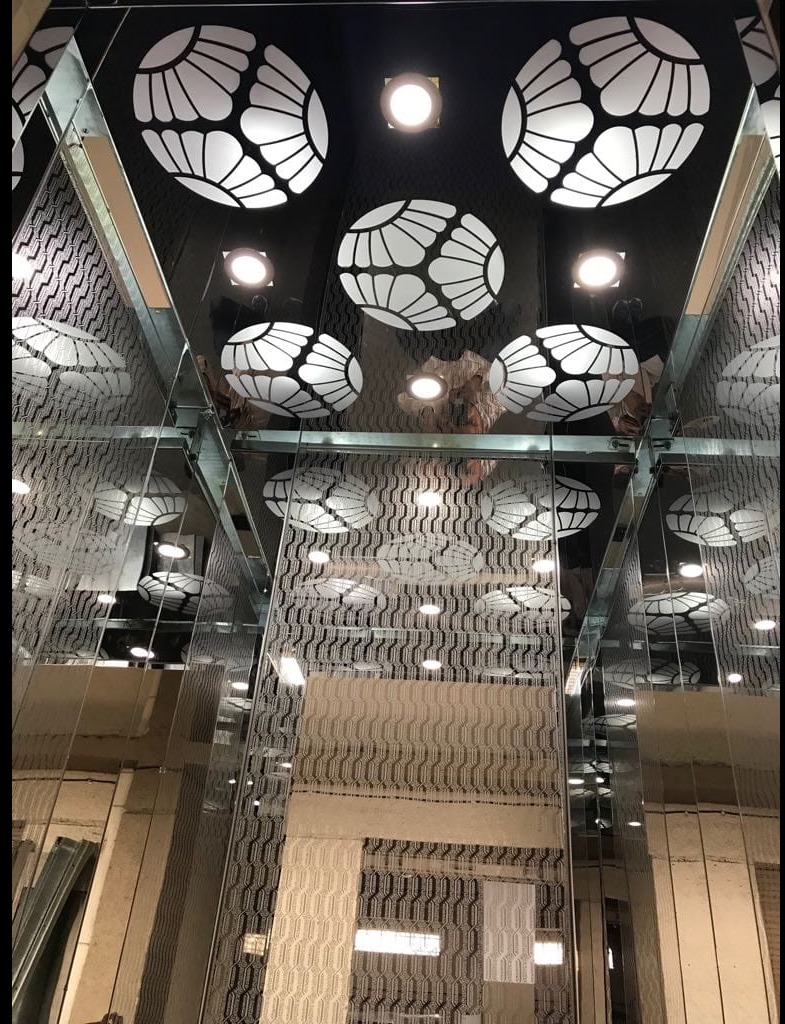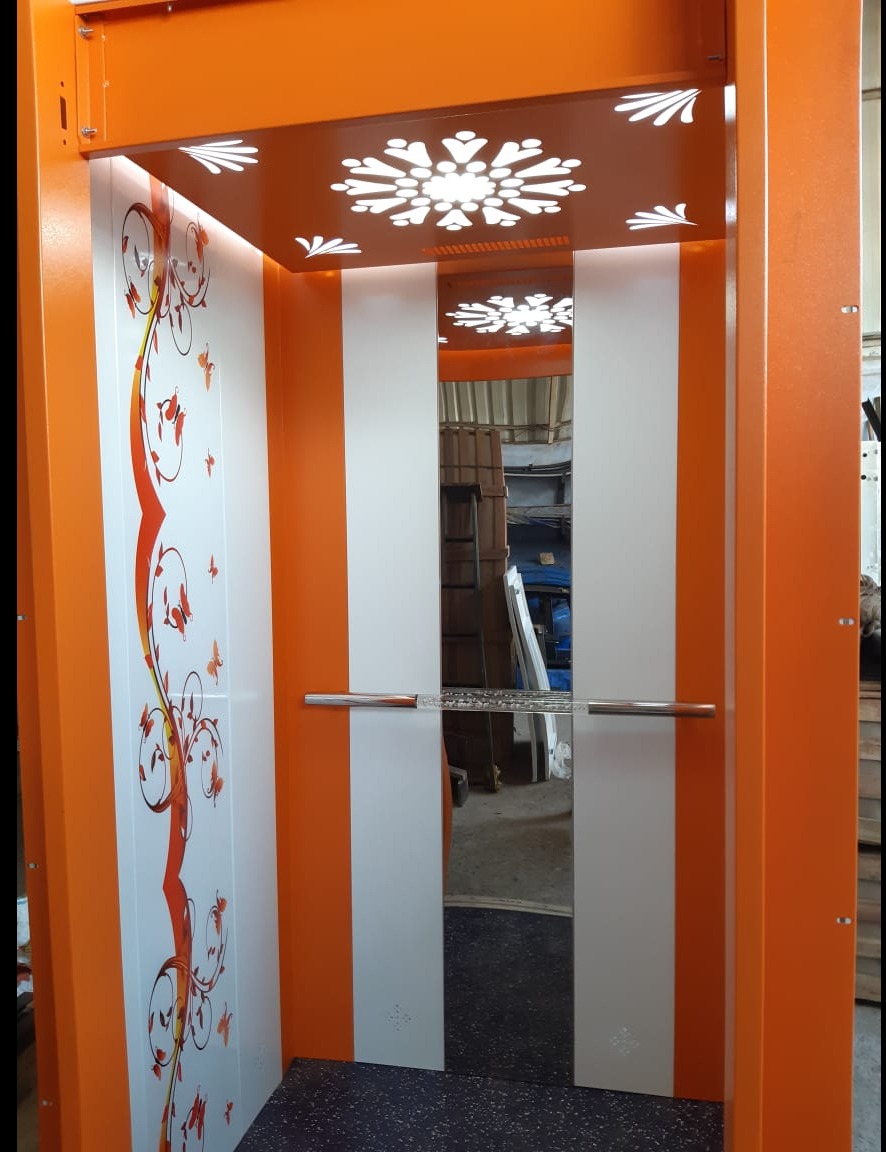
Lift modernization is the process of upgrading existing elevator systems to improve performance, safety, energy efficiency, and aesthetics without replacing the entire lift. Over time, lift components such as control systems, motors, doors, and interiors can become outdated, leading to frequent breakdowns, higher energy consumption, and safety risks.
Modernization typically includes replacing outdated relay-based controllers with microprocessor-based systems, upgrading old motors with energy-efficient gearless traction machines, and enhancing safety features like emergency communication systems and door sensors. The interior cabin may also be refurbished for a modern look and improved user comfort.
One of the key benefits of modernization is cost-efficiency. Instead of completely replacing an elevator, modernization allows building owners to extend the lifespan of their lift system at a fraction of the cost. It also ensures compliance with current safety codes and improves ride quality, reliability, and accessibility—particularly important in older buildings.
Modernized lifts often consume less power, reducing long-term operational costs and environmental impact. The process is typically customized to the condition and usage of the existing lift system, with minimal disruption to building occupants.
